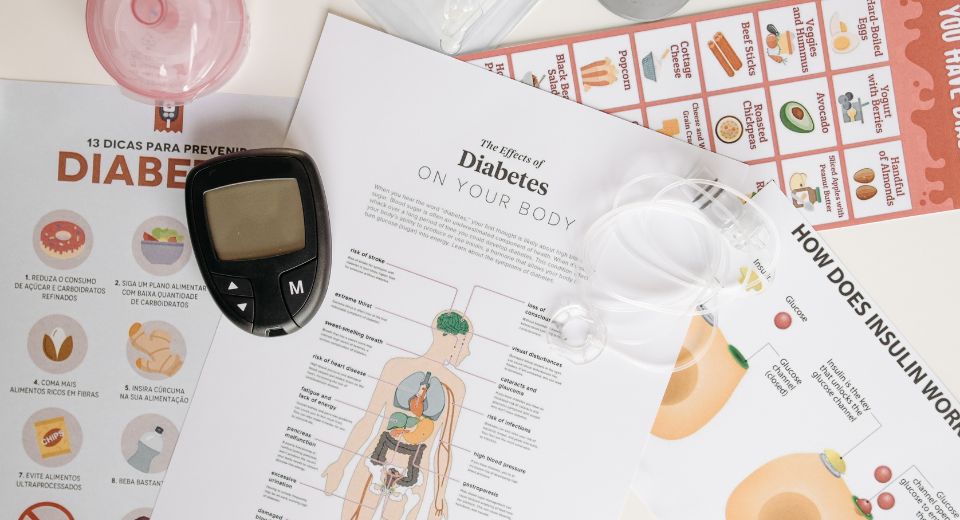Nearly 26 million Americans are living with diabetes, and another 79 million are at high risk for developing type 2 diabetes. However, most Americans don’t consider diabetes a serious matter. Recent numbers by the Centers for Disease Control and Prevention paint a desperate situation of where we are and where we are headed:
- Every 17 seconds, someone is diagnosed with diabetes.
- Diabetes kills more people each year than breast cancer and AIDS combined.
- Recent estimates project that as many as 1 in 3 American adults will have diabetes in 2050 unless we take steps to stop diabetes.
What is Diabetes?
Diabetes occurs when a person’s body doesn’t make enough of the hormone insulin or can’t use insulin properly. Type 1 diabetes occurs when your body’s pancreas doesn’t produce any insulin. Type 2 diabetes occurs when the pancreas either doesn’t produce enough insulin or your body’s cells ignore the insulin. About 95% of people who are diagnosed with diabetes have type 2 diabetes.
What are the symptoms of diabetes?
Most people have very few symptoms during the early stages of diabetes, so you may not know you have the disease. Damage may already be happening to your eyes, kidneys and cardiovascular system even before you notice symptoms. Common symptoms include:
- Extreme thirst
- Frequent urination
- Unexplained weight loss
- Fatigue or drowsiness
- Blurry vision
- Slow-healing wounds, sores or bruises
- Dry, itchy skin
- Tingling or numbness in the hands or feet
- Frequent or recurring skin, gum, bladder or vaginal yeast infections
Call your doctor if:
- You start feeling very thirsty and are urinating more often than usual.
- You lose a significant amount of weight.
- You start breathing deeper and faster.
- Your breath smells like nail polish remover.
- You start to tremble, feel weak and drowsy, and then feel confused or dizzy, or your vision becomes blurred.
- You feel uncoordinated.
- You have a sore, blister or wound that won’t heal.
Why is it important to prevent, diagnose, and treat diabetes?
Untreated diabetes causes blood sugar levels to rise. This can lead to a number of serious problems, including:
- Eye damage that can cause blindness
- Kidney failure
- Heart attacks
- Nerve and blood vessel damage that can lead to the loss of toes or feet
- Problems with gums, including tooth loss
- The longer the body is exposed to high blood sugar levels, the greater the risk that problems will occur. That’s why diagnosing diabetes as early as possible is important. Treating diabetes can minimize, delay and, in some cases, even prevent the problems that diabetes can cause.
How is diabetes diagnosed?
- Your doctor may test for diabetes if he or she suspects you are at risk. To check for diabetes, your doctor may request the following tests:
- Random blood sugar test. This test measures the level of glucose in your blood at any time of day, regardless of when you last ate.
- Fasting blood sugar test. This test is usually done in the morning, after an 8-hour fast.
- Oral glucose tolerance test. During this test, you will drink a beverage containing 75 grams of glucose dissolved in water.
If you think you have diabetes or would like to be tested for diabetes, call or visit your doctor.
Author: Dr. Nathan Kiskila
The information provided is for general interest only and should not be misconstrued as a diagnosis, prognosis or treatment recommendation. This information does not in any way constitute the practice of medicine, or any other health care profession. Readers are directed to consult their health care provider regarding their specific health situation. Marque Medical is not liable for any action taken by a reader based upon this information.



